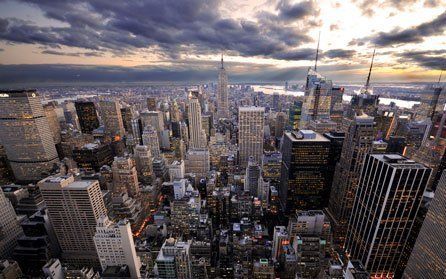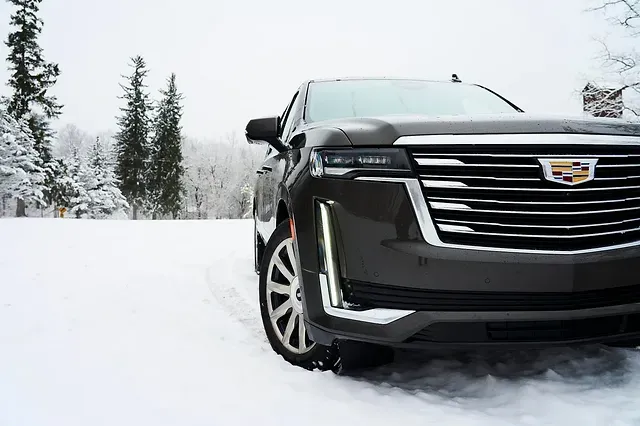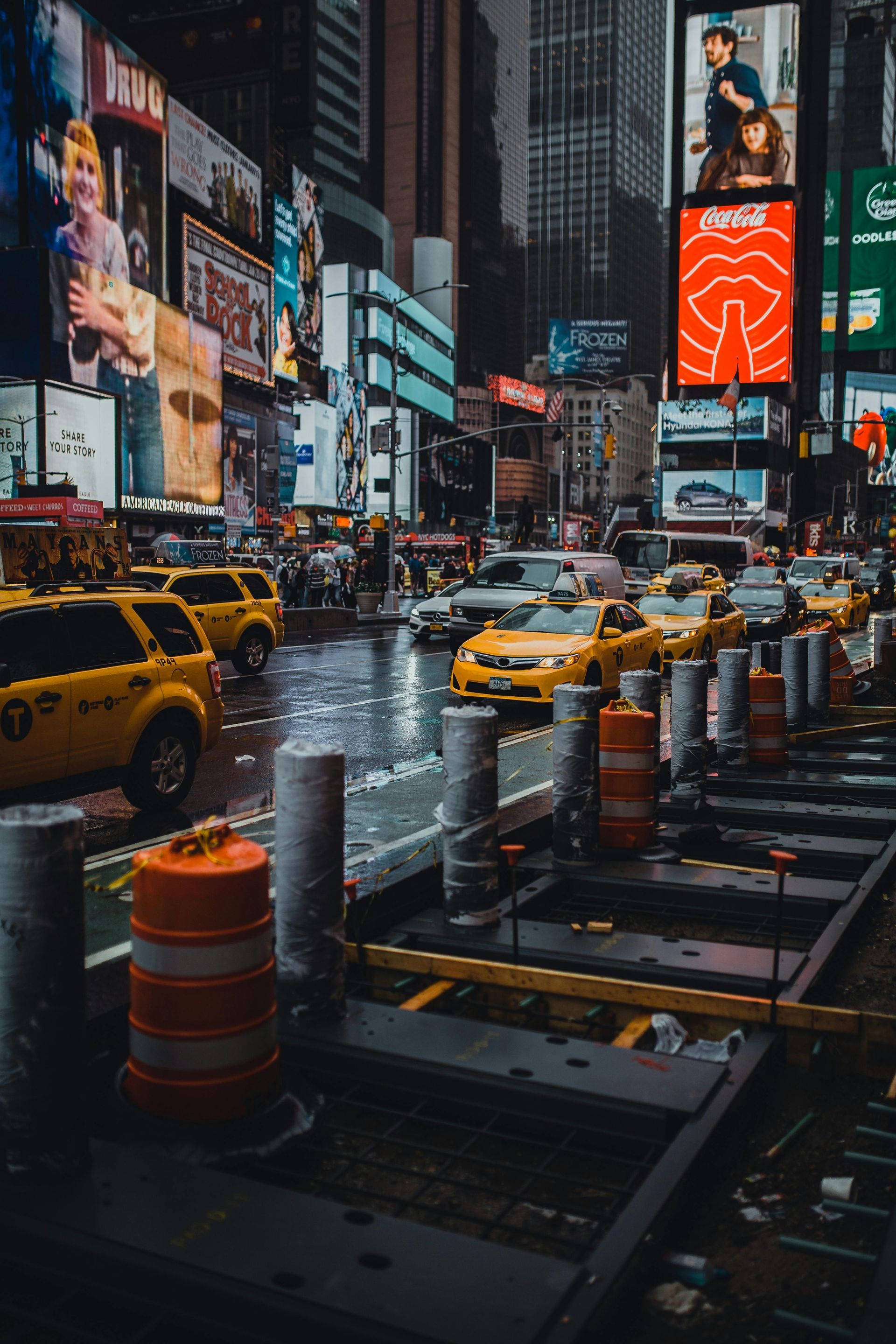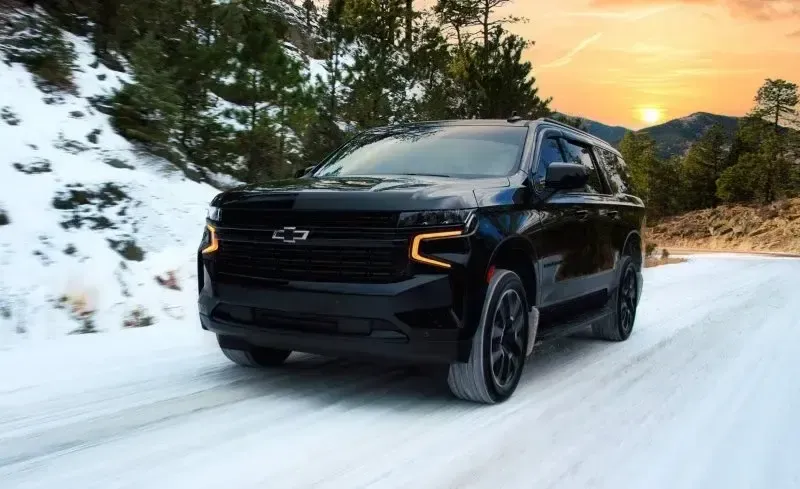Discover the Hidden Gems of SLC
Offbeat Attractions

Description:
In this blog post, we invite readers to explore the lesser-known and offbeat attractions of Salt Lake City (SLC), Utah. While many visitors are familiar with the city's famous landmarks like Temple Square and the Great Salt Lake, this post aims to shed light on the hidden gems that often go unnoticed. From quirky art installations and unconventional museums to unique local markets and underground speakeasies, we unveil the offbeat side of SLC. Get ready to embark on a journey of discovery as we reveal the unexpected charm and cultural richness that lie beyond the beaten path in the heart of Salt Lake City.
Introduction
Welcome to Salt Lake City, a city known for its stunning landscapes and rich history. While many tourists flock to the famous landmarks like Temple Square and the Great Salt Lake, there are numerous hidden gems waiting to be discovered. In this blog post, we will take you on a journey through the offbeat attractions of SLC, where you'll find unique art installations, unconventional museums, and much more.
History of SLC
Salt Lake City has a fascinating history that dates back to the pioneer settlement era. Founded in 1847 by Brigham Young and his followers, the city grew rapidly as it became the center of the Mormon community. Today, you can still see remnants of this pioneer heritage in the city's architecture and neighborhoods. As the city developed, it became a hub for trade, transportation, and cultural exchange.
Offbeat attractions
SLC is home to a vibrant art scene, with numerous alternative art galleries showcasing unique and thought-provoking works. From large-scale art installations that transform public spaces to colorful and expressive street art, these galleries offer a glimpse into the city's creative spirit. You'll find yourself immersed in a world of imagination and inspiration.
If museums are more your style, SLC has its fair share of quirky and unconventional ones. The Museum of Natural Curiosity offers hands-on exhibits and interactive experiences that make learning fun for all ages. The Leonardo, on the other hand, combines art, science, and technology to create a truly innovative museum experience. Prepare to be amazed by the wonders of the human mind and the natural world.
For those seeking unconventional landmarks, look no further than The Gilgal Gardens. This hidden oasis is filled with unique sculptures and hidden messages, offering visitors a whimsical and thought-provoking experience. Another offbeat attraction is Big Cottonwood Canyon, a picturesque escape from the city where you can enjoy breathtaking views, hiking trails, and even rock climbing.
Exploring local cuisine
No visit to SLC is complete without indulging in the local cuisine. Food trucks have taken the city by storm, offering a wide variety of culinary delights. Visit the best food truck parks in town and sample dishes from all over the world. From mouthwatering tacos to delectable desserts, you'll find something to satisfy every craving.
If you're looking for a more unique dining experience, SLC has hidden gem restaurants that will delight your taste buds. These eateries offer eclectic menus that blend flavors from different cultures and regions. Prepare to be amazed by the fusion of ingredients and the creativity of the chefs. Whether it's a cozy café tucked away in a quiet corner or a trendy restaurant with a view, these hidden gems are sure to impress.
Outdoor adventures
Salt Lake City is a paradise for outdoor enthusiasts, with a wide range of activities to choose from. If hiking is your passion, be sure to explore the Red Butte Garden and Arboretum. With its beautiful trails and stunning botanical displays, it's the perfect place to connect with nature and enjoy some peace and tranquility. Another popular hiking spot is Ensign Peak, which offers panoramic views of the city and the surrounding mountains.
For thrill-seekers, SLC has some incredible off-road biking spots. The Corner Canyon Trails offer a mix of challenging terrain and breathtaking scenery. With trails catering to all skill levels, mountain bikers of all abilities can enjoy an adrenaline-fueled adventure. The Wasatch Crest Trail is another must-visit for biking enthusiasts, with its epic views and technical descents.
If you're looking to discover unexplored natural wonders, head to the Bonneville Salt Flats. This vast expanse of white salt creates a surreal and otherworldly landscape. It's the perfect place to witness breathtaking sunsets and take stunning photographs. Antelope Island, located in the Great Salt Lake, is another hidden gem waiting to be explored. Home to a diverse range of wildlife, including the iconic American bison, this island offers a unique and unforgettable experience.
Conclusion
As we come to the end of our journey through the offbeat attractions of Salt Lake City, we hope you've been inspired to explore the hidden gems that lie beyond the beaten path. From alternative art galleries and quirky museums to delicious cuisine and outdoor adventures, SLC has something for everyone. So next time you visit, be sure to go off the tourist trail and discover the unexpected charm and cultural richness that make this city truly special.














